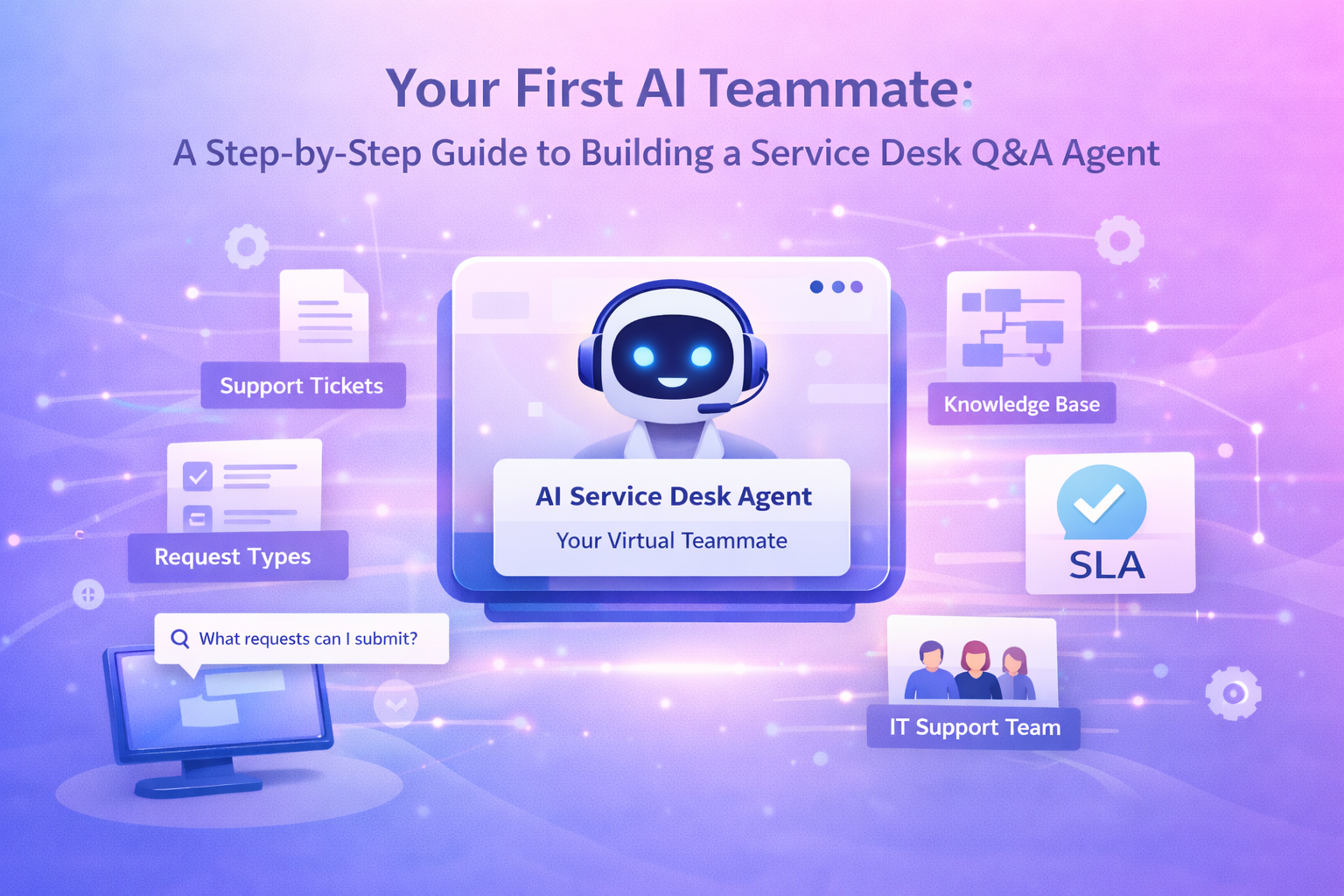Rapid Application Development (RAD) software is a new trend in recent years. Whether it is consumer-oriented applications or internal business tools, software development is guided by two principles, that is, which software and how to develop it. The product itself and market strategy are the two driving forces, which means that we can abandon the traditional software development model and choose rapid application development (RAD) software.
What is the meaning of rapid application development?
Rapid application development (RAD) is not just a process or platform, it represents a fundamental change in the way software is designed, built, and delivered. In addition to speeding up product launches, reducing costs, and improving quality, rapid application development is conceptually aligned with other IT trends that are conducive to agility, iteration, and reuse. This is part of a new way of thinking.

Why do we need to build a new cognitive model?
The traditional software development process tends to follow a linear waterfall model, and each stage must be completed before the next stage starts. Each stage has a handover between teams. Although each organization handles the software development life cycle (SDLC) differently, they usually start with requirements and end with delivery to customers. Waterfall development is the foundation of the digital age. However, as in other disciplines, new better practices have emerged. Agile is an expression of RAD.
Better software-driven by prototypes turns requirements into reality and encourages customers to provide meaningful feedback, which can speed up the time to market. A fast feedback loop can identify errors early in the process and speed up repairs, thereby reducing development costs.
Play RAD’s role
We already know that rapid application development is not a designated list of specific tools and processes. Over time, the agile and other adaptive methods of software development have helped fill in some details, providing RAD with best practices that can be shared and extended.
However, no matter which fast path is suitable for the enterprise’s software needs, running RAD still requires a unique culture and strategy. If there is no agreement on these decisions, it will be much more difficult to unlock the full potential of iterative, adaptive software design, and development.
The culture and strategy of rapid application development
Collaborative culture
Regardless of the size of the development team, collaboration and communication are vital to rapid application development. In the face of constant changes, the team will work together, so they need to maintain close communication throughout the process. If the basic settings are correct, even a distributed organization can carry out rapid application development. Team members only need to keep in touch with others during the specified working hours.
Cross-functional perspective
Rapid development is most successful when cross-functional expertise exists, but this does not mean that every team member must be able to build software, databases, and create UI wireframes. Instead, even in independent project management, developers distributed at different ends of the application must ensure that they work in the same direction. This is especially true during the requirements gathering process.
Continuous customer visits
In the end, rapid development works best when interacting with customers or their stakeholders throughout the process. In traditional waterfall development, the customer signs the requirements and then returns for UAT. In a fast application environment, customers will participate in the entire process.
Rapid application development software can fully meet customer’s need
Customers want high-quality products at the lowest cost. Although the rapid application development method takes more time, it can be rewarded by reducing costs and shortening delivery time. In the end, the products they get can fully meet their needs.
Modules and platforms
There is no need to select a specific development platform to adopt RAD.
Prototype
At this stage, prototyping tools are useful for quickly managing details such as the user interface.
Construct
There is much excellent rapid application development software on the market that allows building basic SaaS applications. They are not as flexible as some prototyping tools, but for basic workflow digitization, they can fully meet the demands.





.png)

